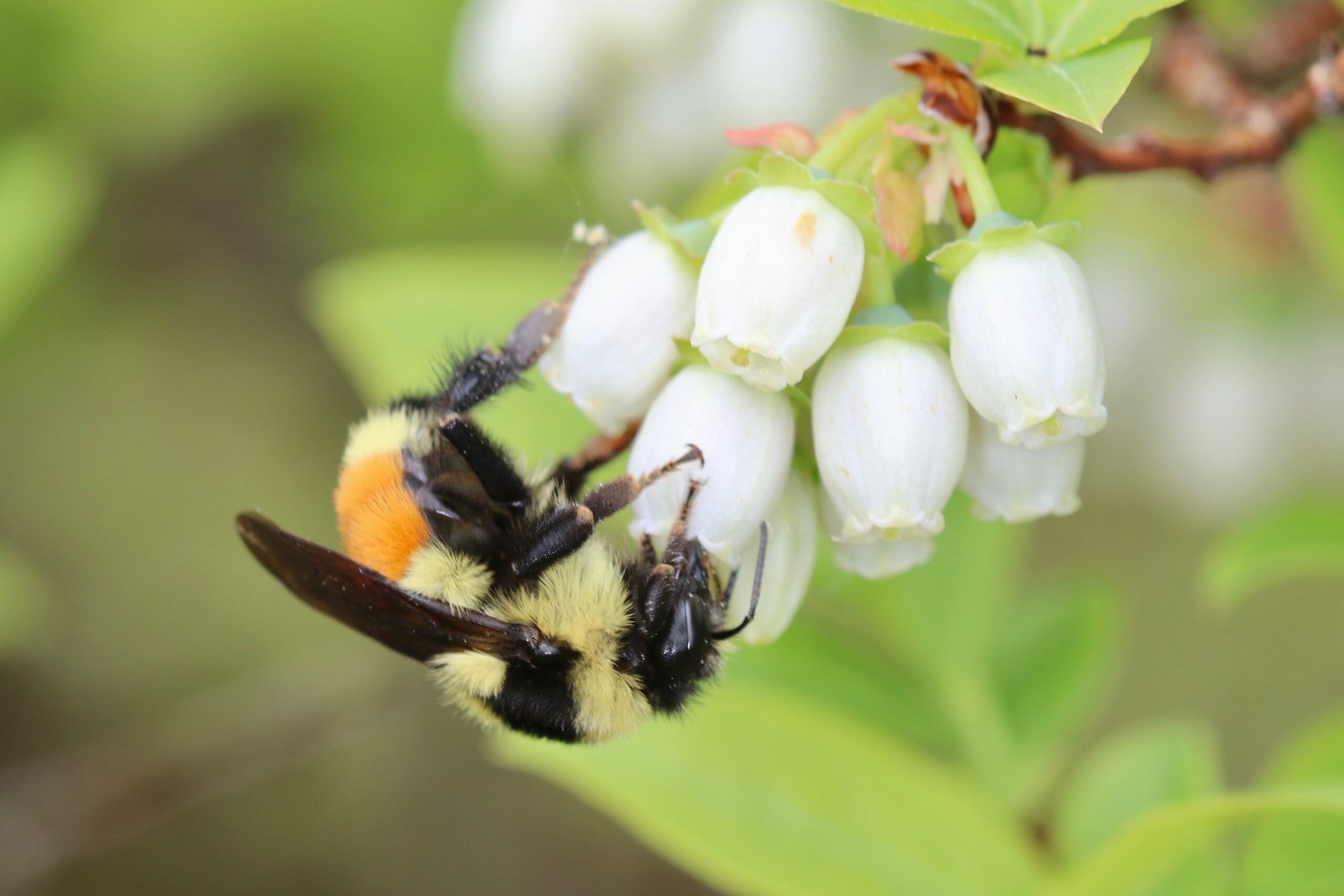Everyone loves bumble bees! With a gentle hum, these fuzzy creatures float among the flowers. As they go, they perform an essential service to the ecosystem, pollinating the plants they visit. While they may seem common, these charming creatures have declined in their numbers and in their species diversity in recent decades. Bugs in our Backyard is part of efforts to document bumble bee diversity across the Gulf of Maine. As citizen scientists, you can help too!
What can I do?
If you are in the Gulf of Maine area – coastal regions of Massachusetts, New Hampshire, Maine, New Brunswick or Nova Scotia – please join us by taking these 3 simple steps.
Step 1: Take pictures of bumble bees!
There’s no need to catch or disturb the bees. You can use any camera. Recent cell phone cameras take great pictures, and they automatically include important information like the date and geographic location of the picture.
If you have an SLR camera, and you’d like to learn more about taking professional-quality photographs of bumble bees and other insects, check out our team’s how-to photo guide.
Step 2: Send your pictures to scientists!
There are several options for how you can send in your pictures.
- Email pictures to bumbebees@colby.edu Use this option if you’d just like to share one or a few pictures. There’s no need to include anything besides the image, but feel free to share any other observations or details, and to ask any questions!
- Submit pictures to iNaturalist (Requires the creation of a user account.) If you love sharing observations of plants and animals of all kinds, from all sorts of places, then iNaturalist is for you! If you upload Maine bumble bees to iNat, please send us an email too!
- Submit pictures to Bumble Bee Watch (Requires the creation of a user account.) BBW is a citizen science project to track bumble bees across North America. It is staffed by experts who will (given time!) identify the species of bee in your observations. If you’re passionate about bumble bees, get involved with BBW!
Step 3: Learn more!
Check out our information on bumble bees or look into some of these other excellent resources.
- Bumble Bees: A Guide to Species of Northeastern North America (2022) by Bugs In Our Backyard
- Bumble Bee Conservation at the Xerces Society for Invertebrate Conservation
- Bumble Bee Conservation Trust (UK)
- Bumblebees at the US Forest Service
- Bumblebees: Behaviour, Ecology, and Conservation 2nd Edition (2009) by Dave Goulson. Oxford University Press.
- Bumble Bees of North America: An Identification Guide (2014) by Paul H. Williams, Robbin W. Thorp, Leif L. Richardson, and Sheila R. Colla. Princeton University Press.

